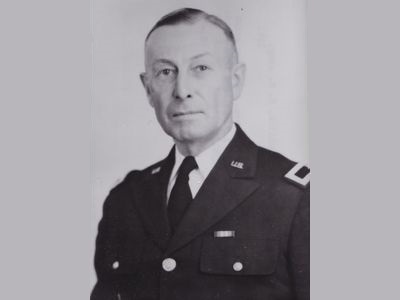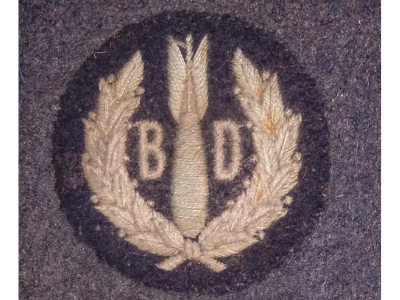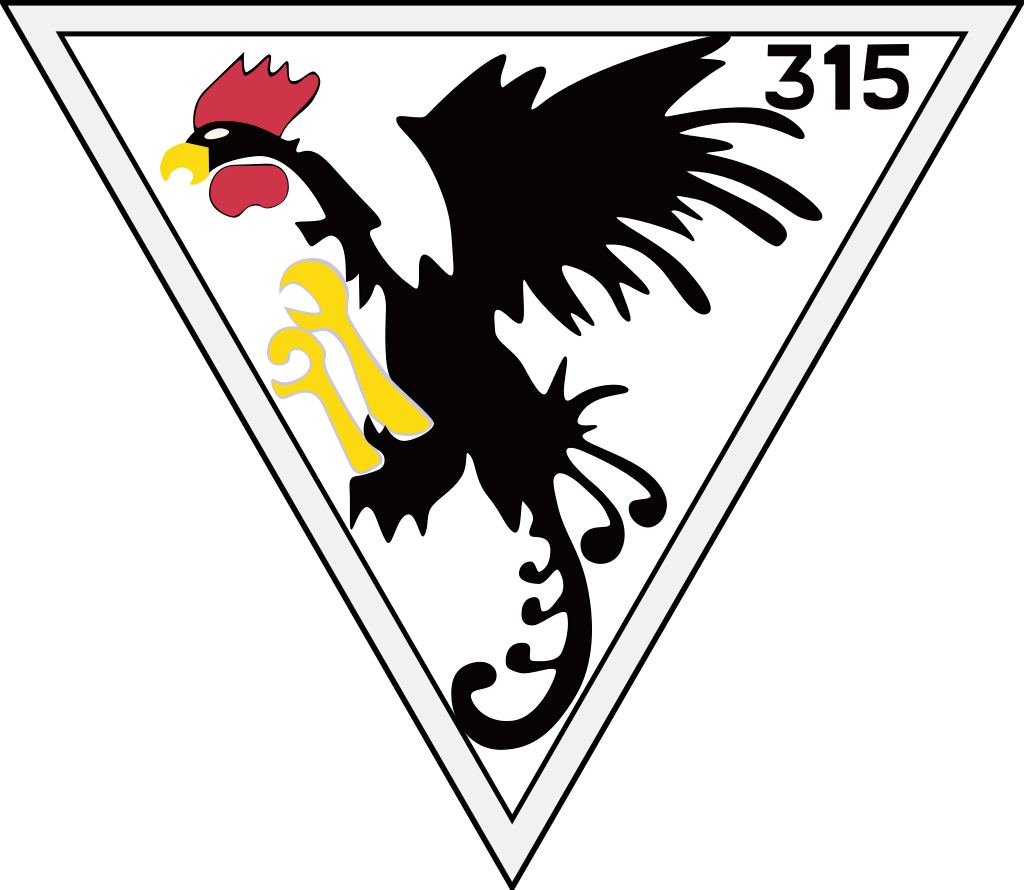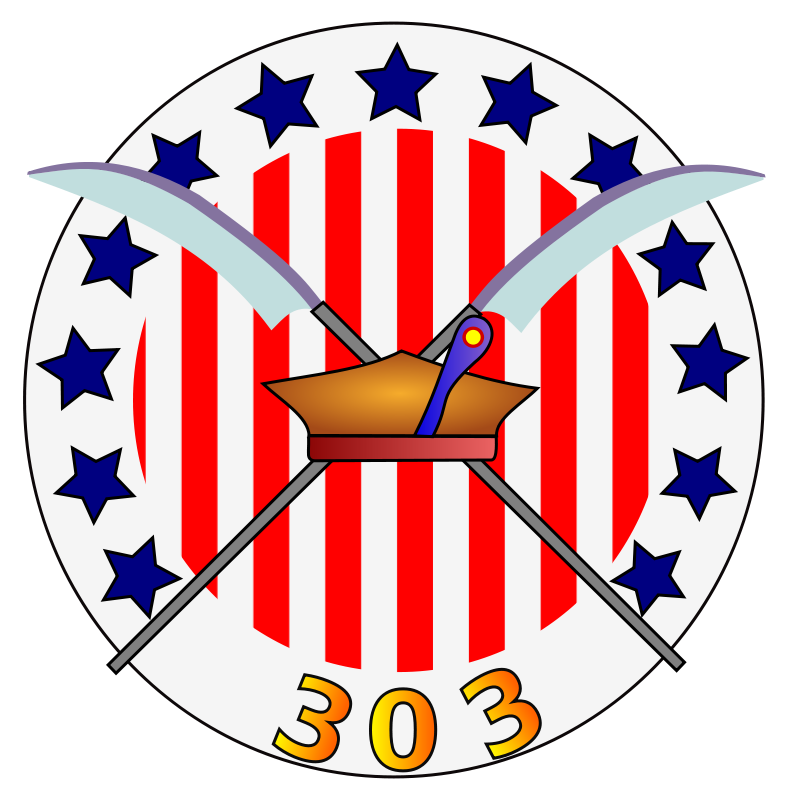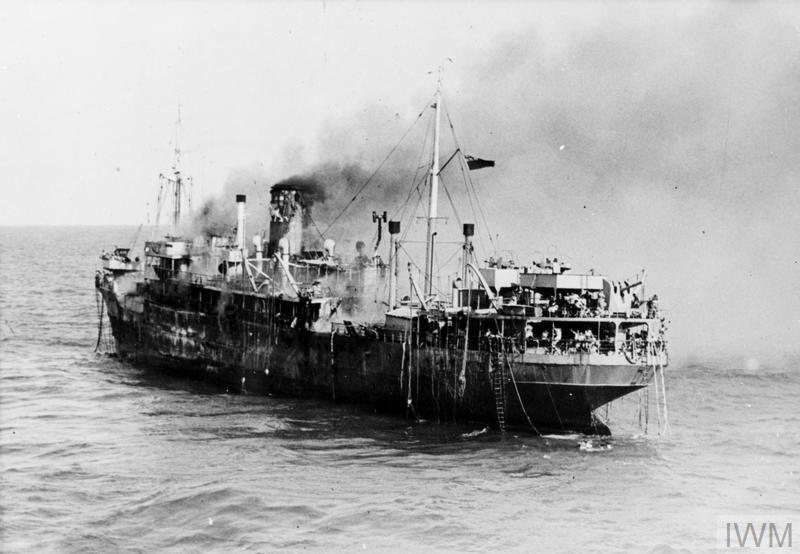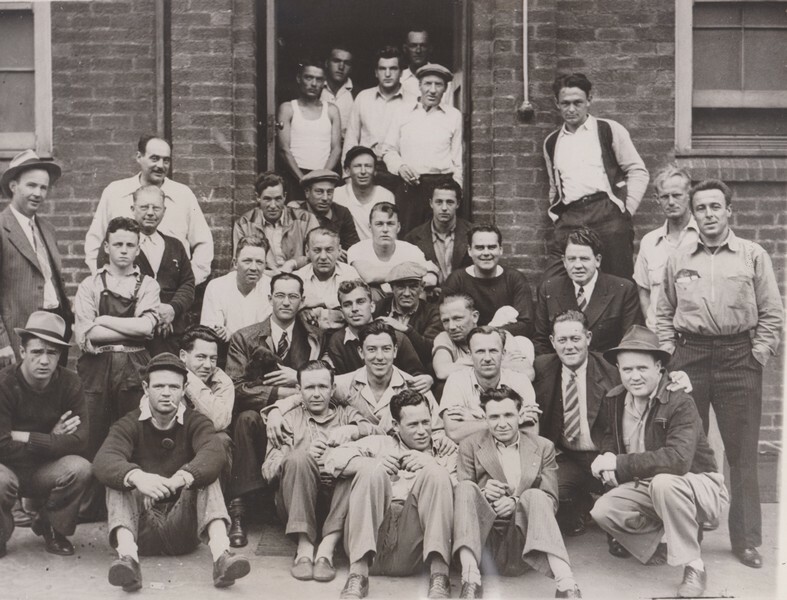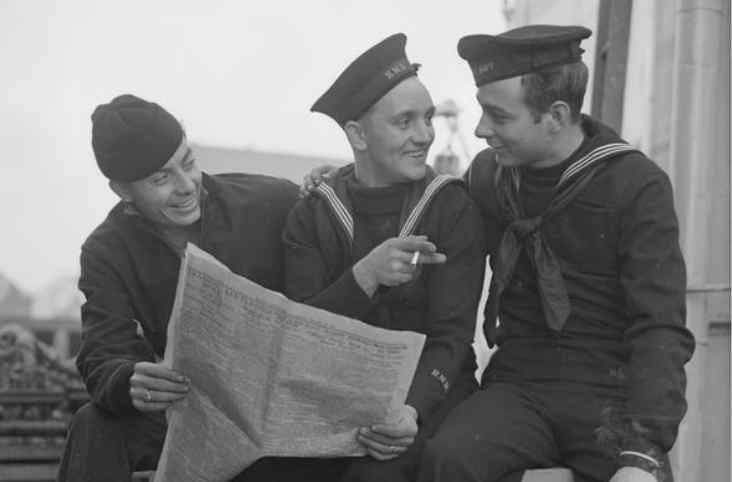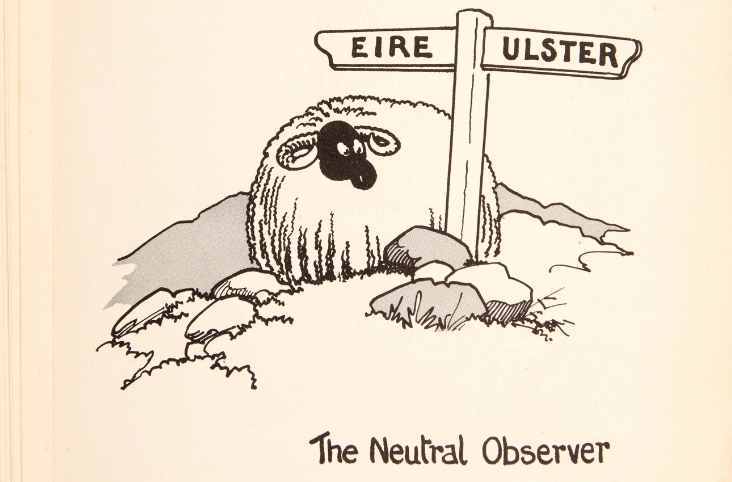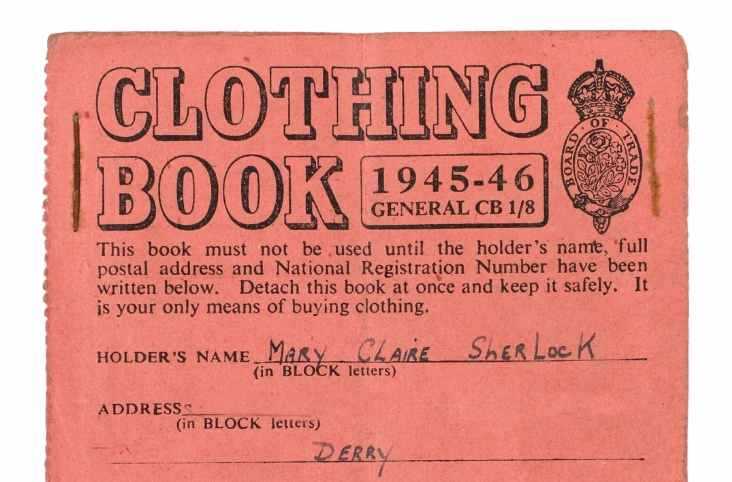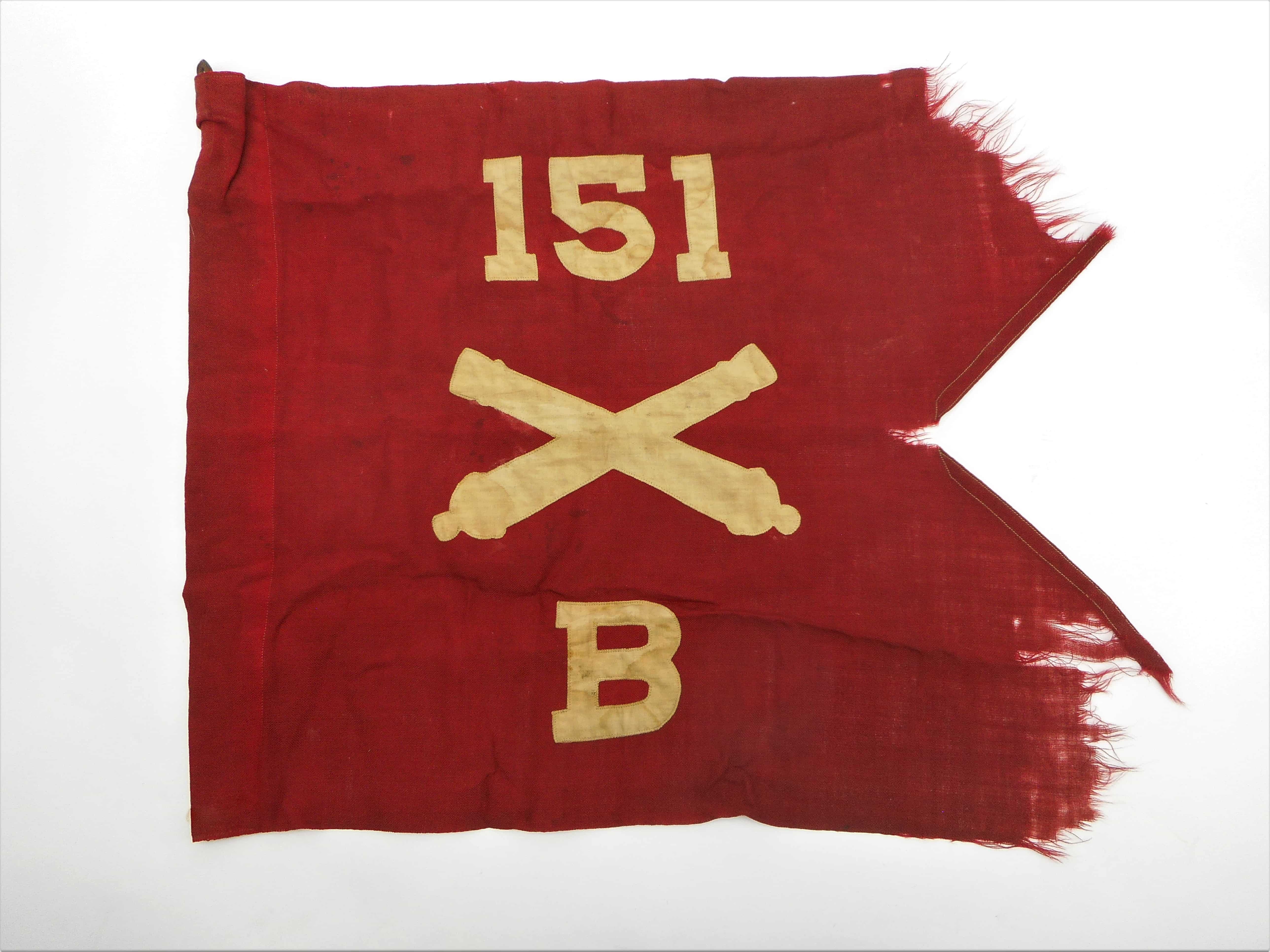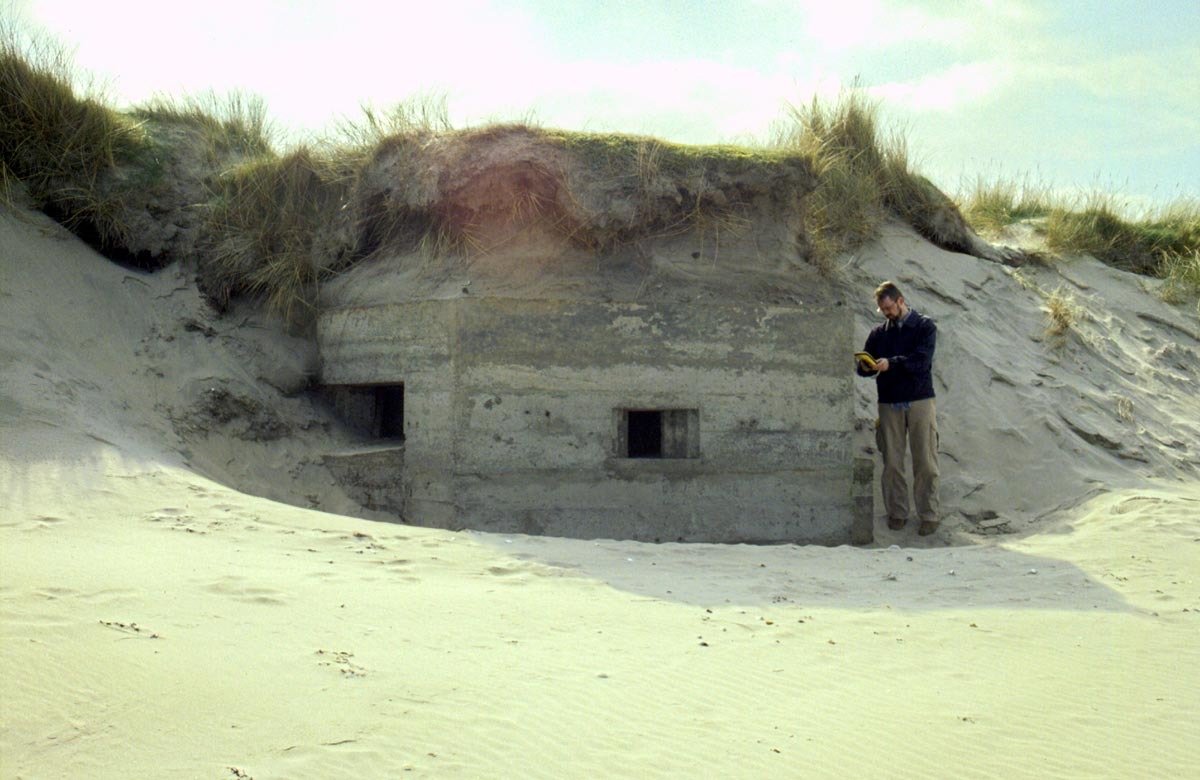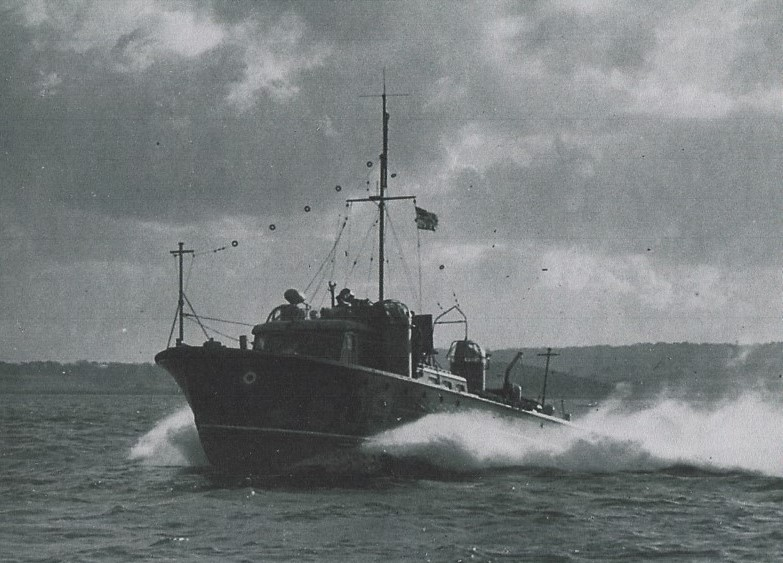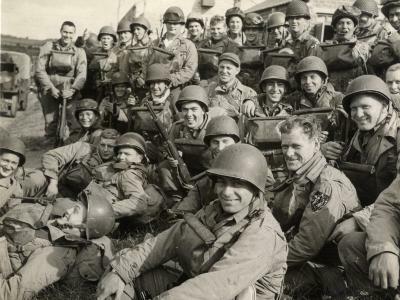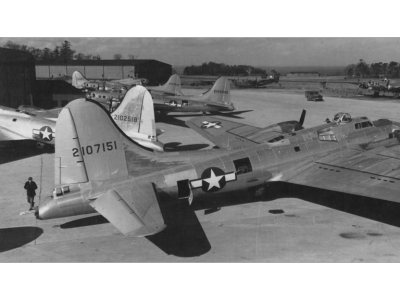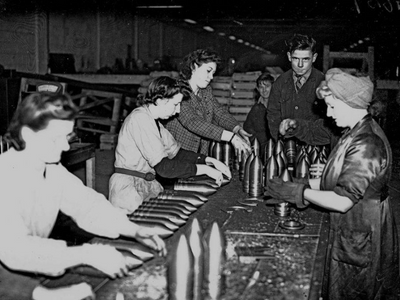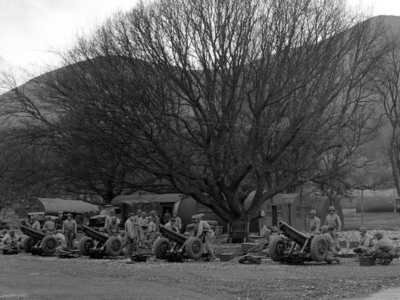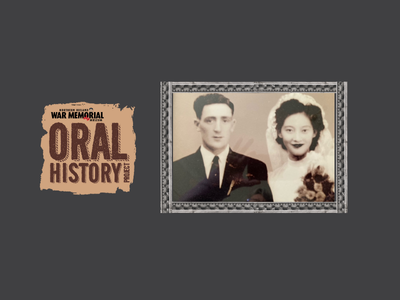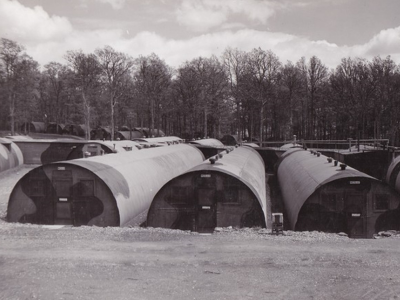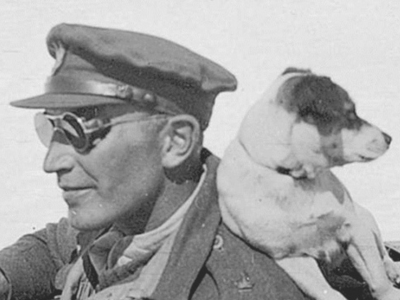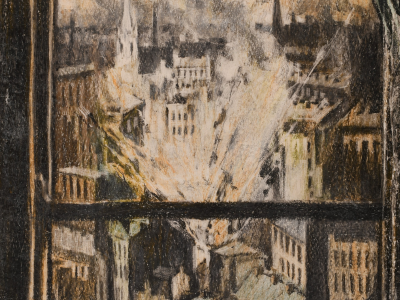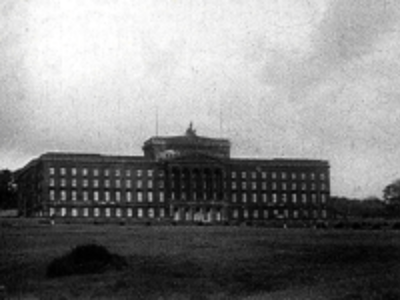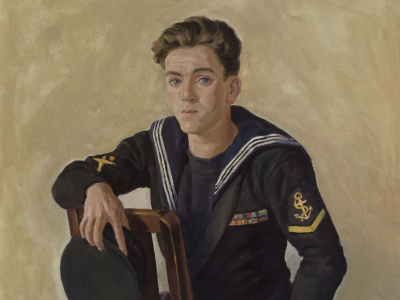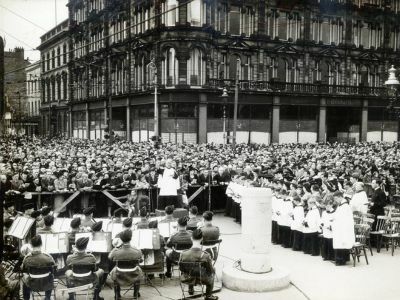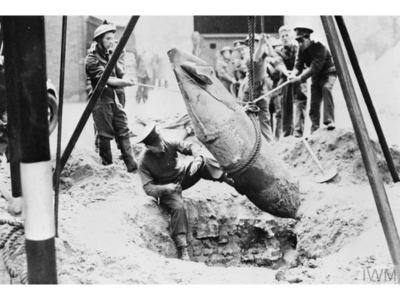Aviation Archaeology in Northern Ireland - The Law
Due to the Troubles, our Second World War aviation heritage was forgotten by most. However, a few local community groups and the enthusiasts of the fledgling Ulster Aviation Society endeavoured to safeguard and document our important wartime and general aviation history during this time.
Legislation was introduced in the mid-1980s to control such digging. The recovery of Second World War aircraft is tightly controlled by the Ministry of Defence under the Protection of Military Remains Act (PMRA) 1986. In Northern Ireland, there is a further requirement to comply with the Historic Monuments and Archaeological Objects (NI) Order 1995.
Archaeological legislation in Northern Ireland works in conjunction with the UK-wide PMRA and elevates all buried aircraft remains to the status of 'archaeological objects'. If you want to dig a plane out of the ground in Northern Ireland you need both these licences.
In 2010, the BCC asked me to licence several Northern Ireland related aviation digs for the BBC NI series Dig WW2. Below is a summary of some of the recent excavations.
P8074 - The Donegal Spitfire (2011)
On 30 November 1941, an American pilot, Pilot Officer Roland 'Bud' Wolfe (a member of one of the famed 'Eagle Squadrons' of US volunteers serving with the RAF), abandoned his stricken aircraft which then nose-dived and buried itself deep beneath the peat on Glenshinny mountain on the Inishowen Peninsula, Co. Donegal.
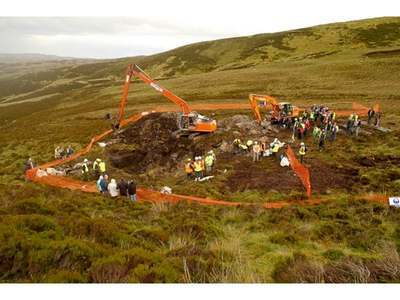
The story of P8074 was catapulted onto a global stage due to the iconic fighter's wartime donation by noted Canadian businessman Garfield Weston, its incredible state of preservation, and the firing of one of its recovered Browning machine guns which was watched by over a million people on the BBC website: Spitfire redux: The WWII guns firing after 70 years buried in peat. The wreckage was incredibly well preserved thanks to the soft peat and clay and the preservative effect of the aviation fuel and oil. The iconic Rolls Royce Merlin engine was recovered from a depth of 33 feet.
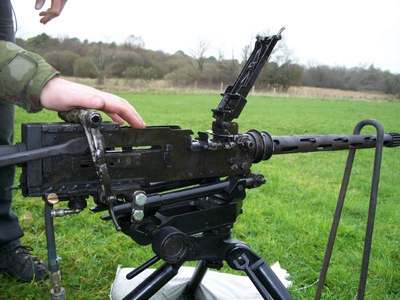
The project culminated in the emotional visit to Derry/Londonderry by the pilot's two daughters and other members of their extended family, to commemorate their father's wartime career and launch the museum exhibition of recovered items. Aviation archaeology isn't and shouldn't be all about the big physical finds. It's about the re-discovery, the re-connection, and the re-uniting.

R6992 - The Monaghan Spitfire (2017)
On 20 September 1942, the quiet Sunday stillness of the Monaghan countryside was shattered by the screaming roar of Spitfire R6992, (a veteran of the Battle of Britain), as it dived pilotless from the clouds. Slightly to the North, descending safely under his parachute, its RAF pilot Flight Lieutenant Gordon Hayter Proctor, heard the aircraft's last moments.
Almost 75 years later, in May 2017, pupils from St Macartan's College and Beech Hill College in Monaghan, and Foyle College in Derry, used Ground Penetrating Radar (GPR) to detect the presence of several large metallic objects buried 4.5 meters down in the thick clay beneath a field in Emyvale. We were joined on the day by local resident Josie McCusker, who witnessed the crash in September 1942.
Working through the impact craters layers, the pupils initially found small pieces of the very badly damaged Merlin engine and other burnt finds. However, using the GPR equipment, the team was able to detect larger engine components that were buried a further 6 feet down. The pupils were delighted to eventually recover these from a dept of 8 feet. Over the following months, all the recovered pieces were carefully cleaned, identified, and preserved as part of Monaghan County Museum's award-winning exhibition - 'Life on the Border with a World at War'. The pilot's niece attended the launch of the exhibition.
42- 12814 - P38 Lightning (2019)
On 17th December 1942, an American P38 Lightning crashed near Corrintra, Castleblaney after the pilot, 2nd Lt Milo E Rundall bailed out of his twin-engined fighter aircraft. He had become lost while flying back to RAF Eglinton from Langford Lodge airfield, which is on the eastern shores of Lough Neagh. The pilot landed safely near Keady in Northern Ireland.
Irish military personnel recovered most of the wreckage in 1942. However, licensed surveys undertaken by the project team along with pupils from Foyle College, Derry in Northern Ireland, and Ballybay Community College in Co. Monaghan revealed that small amounts of wreckage remained.
In June 2019, the team undertook the excavation of this iconic US fighter. The pupils liaised with a P38 restoration company in Colorado in the US to learn about parts identification. The team also traced the daughter of 2nd Lt Rundall in Iowa and participated in a BBC radio interview with her. The dig was featured in an episode of BBC Digging for Britain, where the team uncovered bullets, cockpit instruments, data plates, and engine components which were all added to the Monaghan County Museum exhibition.
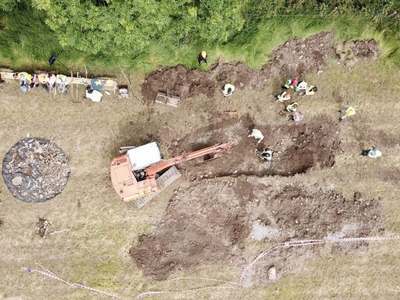
AW 271 Ballykelly Beaufort (2021)
I was granted a very rare licence to excavate a fatal plane crash because of a request from the families of the crew. Logistics were further complicated by the Covid pandemic. The aircraft was a rare Coastal Command Bristol Beaufort aircraft.
The twin engine aircraft crashed on 30 April 1942 just outside Ballykelly, killing its three crew - Flight Lt Archibald Duncan Livingstone (22), Flight Lt Richard William Gilbert Holdsworth (31) and Flight Sgt Stanley Frederick Chadwick (22).
The Foyle College Aviation Team (FCAT) pupils worked closely with the relatives of each of the crew to keep them fully informed of the dig project. Our excavation revealed the burnt soil surface and many pieces of molten aluminium. Key items found were parts of a propellor blade, the fuselage ballast weights, and much piping and cabling. The FCAT pupils secured funding to place a memorial to the crew at the crash site, as well as arranging a very emotional commemoration event later in the year, which included a Spitfire fly-by. This very poignant excavation was also filmed for the BCC Digging for Britain archaeology series.
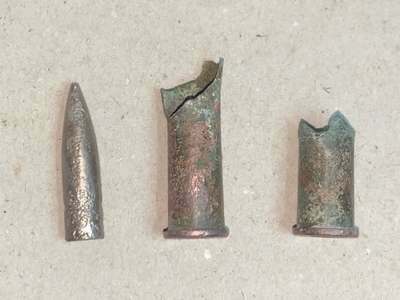
In conclusion
As a new discipline, aviation archaeology is understandably prone to the kind of mistakes and teething troubles made in other parts of archaeology in earlier times. Nonetheless, without the enthusiasm of the private input of aviation archaeologists we would have little to discuss with respect to the archaeological evidence for aircraft and our wider aviation heritage.
Aviation archaeology deals with the material culture of an extremely well-documented period. Nevertheless, its discoveries are a pathway for the wider population to engage with the Second World War and access the intensity and complexity of human experiences in a manner that is often beyond the scope of traditional archaeology or history.
As a personal observation, for firing up the excitement of school pupils and possibly shaping their future careers, there is no better classroom than an 8 feet deep hole and the smell of aviation fuel.
About the author:
Jonny McNee is the author of The Story of the Donegal Spitfire (2012) and currently works as Senior Marine Planner within the Marine and Fisheries Division in the Department of Agriculture Environment and Rural Affairs.
Outside of work, he is an amateur aviation archaeologist and has worked as a contributor to many television series on WW2 history and archaeology. He has undertaken licensed aviation digs in Northern Ireland, Republic of Ireland, England and Europe, working with local communities and schools to reconnect them with their local Second World War history.
